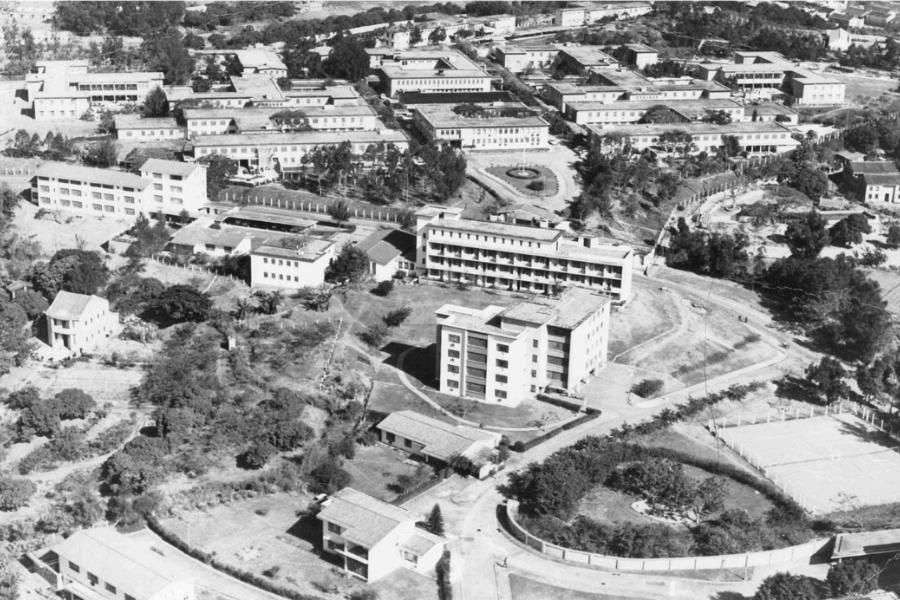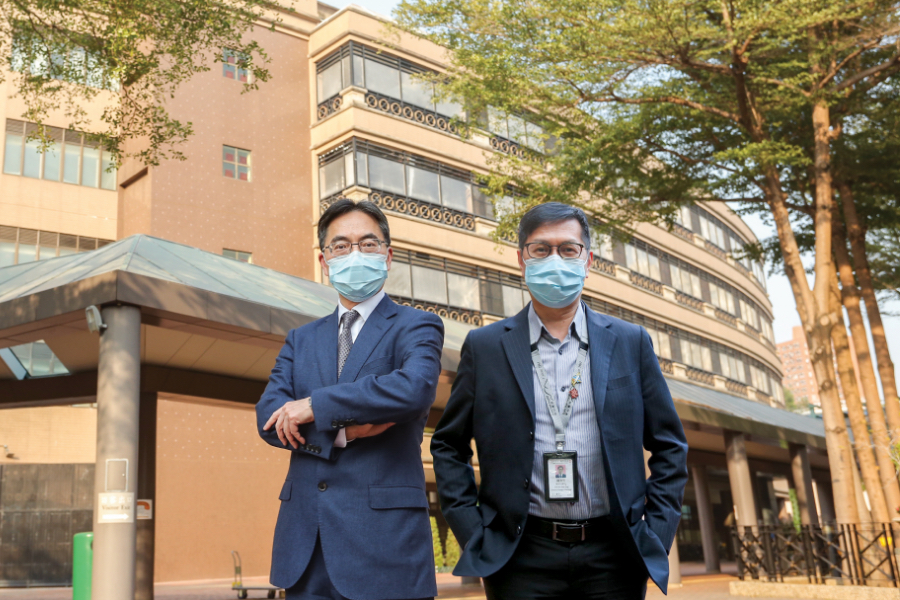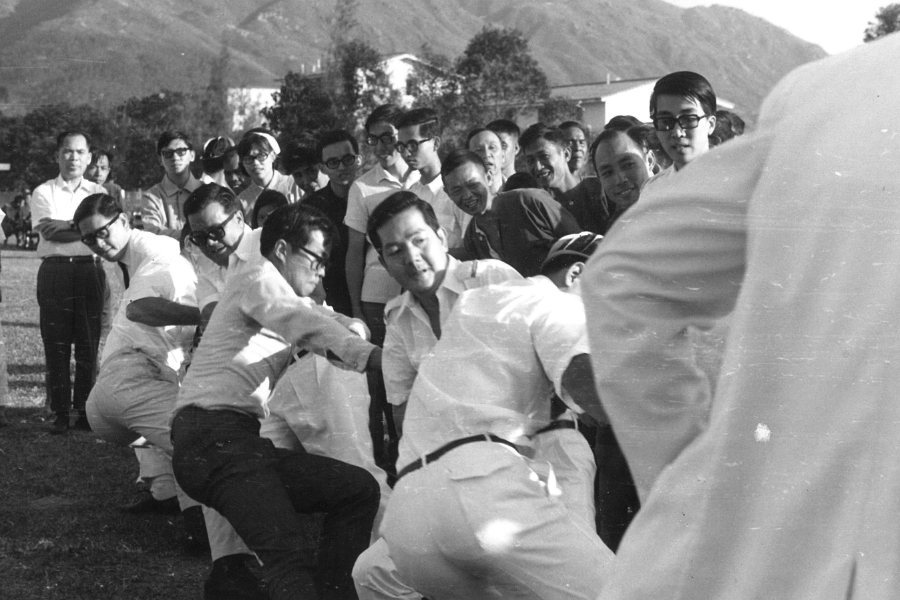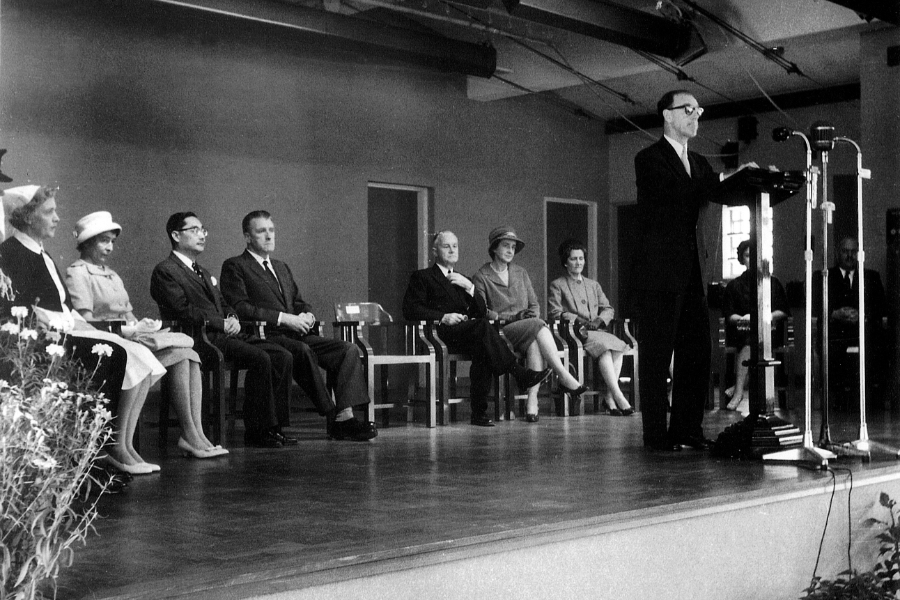
Castle Peak’s 60-year mission to break down mental health stigma

In its 60-year history, Castle Peak Hospital (CPH) in Tuen Mun has overseen a transformation in the standards of psychiatric services in Hong Kong and played a key role in changing public attitudes towards mental health. Being the oldest psychiatric hospital in Hong Kong, CPH has evolved from a custodial care institution into a multi-disciplinary hospital with world-class modern medical facilities and a mission to foster a deeper public understanding of mental illnesses.
Hospital Chief Executive Dr Lam Ming, who has been working at CPH for more than 30 years, explains, “in the last century, there was widespread resistance to psychiatry because the community did not understand mental illness, and this reinforced prejudice and discrimination.”
Hospital Chief Executive Dr Lam Ming, who has been working at CPH for more than 30 years, explains, “in the last century, there was widespread resistance to psychiatry because the community did not understand mental illness, and this reinforced prejudice and discrimination.”
Overwhelmed with 100 patients a ward
One of the hospital’s pioneers was Hong Kong’s first Chinese Director of Medical and Health Services, Yeo Kok-Cheang, who was beaten and held in solitary confinement during the Japanese occupation of Hong Kong. His wartime ordeal gave him a profound understanding of the importance of mental as well as physical health. He championed psychiatric services during his time as director, winning the support of legislators for the establishment of Asia’s largest psychiatric hospital. The population of Hong Kong boomed in the post-war years and there were not enough beds in the existing psychiatric hospital in Sai Ying Pun, leading the Hong Kong Government to choose a larger and remote site for a new hospital in Siu Hang Tsuen, Tuen Mun. CPH was officially opened in 1961 with 1,000 beds. Patients from the Sai Ying Pun hospital were relocated in phases, but demand for psychiatric services grew much faster than expected and it was soon overwhelmed with admissions.
In the 1980s, Dr Lam recalls, there were as many as 2,300 patients. “One doctor would take care of 200 inpatients,” he says. “There were not many anti-psychotic drugs available, and some patients stayed for years at a time, so all that we could do was to take care of their daily lives.” Chung Wai-ming, General Manager of Nursing at CPH and Siu Lam Hospital, was a registered nurse at the hospital in 1989. “The first job was to count the number of patients in a ward, which could be over 100, and I was always afraid of getting the count wrong because patients would wander off,” he remembers.
“At that time, the air conditioning was so old that patients would sleep naked on the floor at night. We would have to look under the beds every day to find patients.”

In the 1980s, Dr Lam recalls, there were as many as 2,300 patients. “One doctor would take care of 200 inpatients,” he says. “There were not many anti-psychotic drugs available, and some patients stayed for years at a time, so all that we could do was to take care of their daily lives.” Chung Wai-ming, General Manager of Nursing at CPH and Siu Lam Hospital, was a registered nurse at the hospital in 1989. “The first job was to count the number of patients in a ward, which could be over 100, and I was always afraid of getting the count wrong because patients would wander off,” he remembers.
“At that time, the air conditioning was so old that patients would sleep naked on the floor at night. We would have to look under the beds every day to find patients.”

Changing mindsets by public education
Psychiatric treatment has improved enormously in the years since CPH opened, particularly with the use of more effective drugs. CPH has meanwhile kept pace with changing times, undergoing a major redevelopment in 2006 and addressing its overcrowding and patient discharge issues.
Dr Lam says high-profile cases such as the Anne Anne Kindergarten stabbings and the Kwok Ah-nui incident, drew attention to mental health issues, leading to improvements in medical training, occupational therapy, and support facilities.
“At present, each doctor at CPH takes care of about 10 inpatients, so they have a deeper understanding of patients,” he explains. “Moreover, nurses are dedicated to monitor patients providing medication and reminders about follow-up appointments, helping them to rejoin society with more comprehensive community care and support.” CPH places special emphasis on public education to dispel prejudices against mental illness, and encourages people with mental health issues to seek treatment and professional help. The work of the hospital and its dedicated team through the decades has led to greater understanding of mental health in society and more compassionate outcomes for patients.



Dr Lam says high-profile cases such as the Anne Anne Kindergarten stabbings and the Kwok Ah-nui incident, drew attention to mental health issues, leading to improvements in medical training, occupational therapy, and support facilities.
“At present, each doctor at CPH takes care of about 10 inpatients, so they have a deeper understanding of patients,” he explains. “Moreover, nurses are dedicated to monitor patients providing medication and reminders about follow-up appointments, helping them to rejoin society with more comprehensive community care and support.” CPH places special emphasis on public education to dispel prejudices against mental illness, and encourages people with mental health issues to seek treatment and professional help. The work of the hospital and its dedicated team through the decades has led to greater understanding of mental health in society and more compassionate outcomes for patients.


